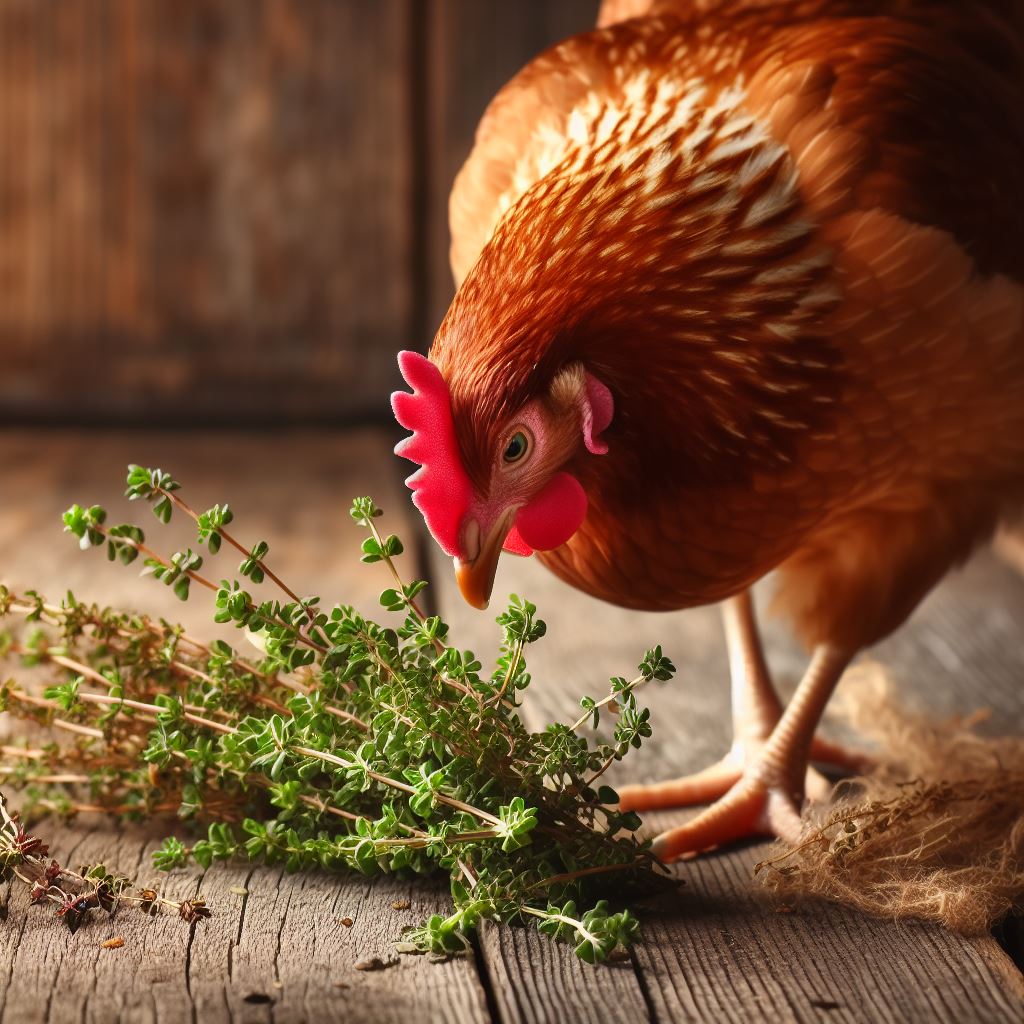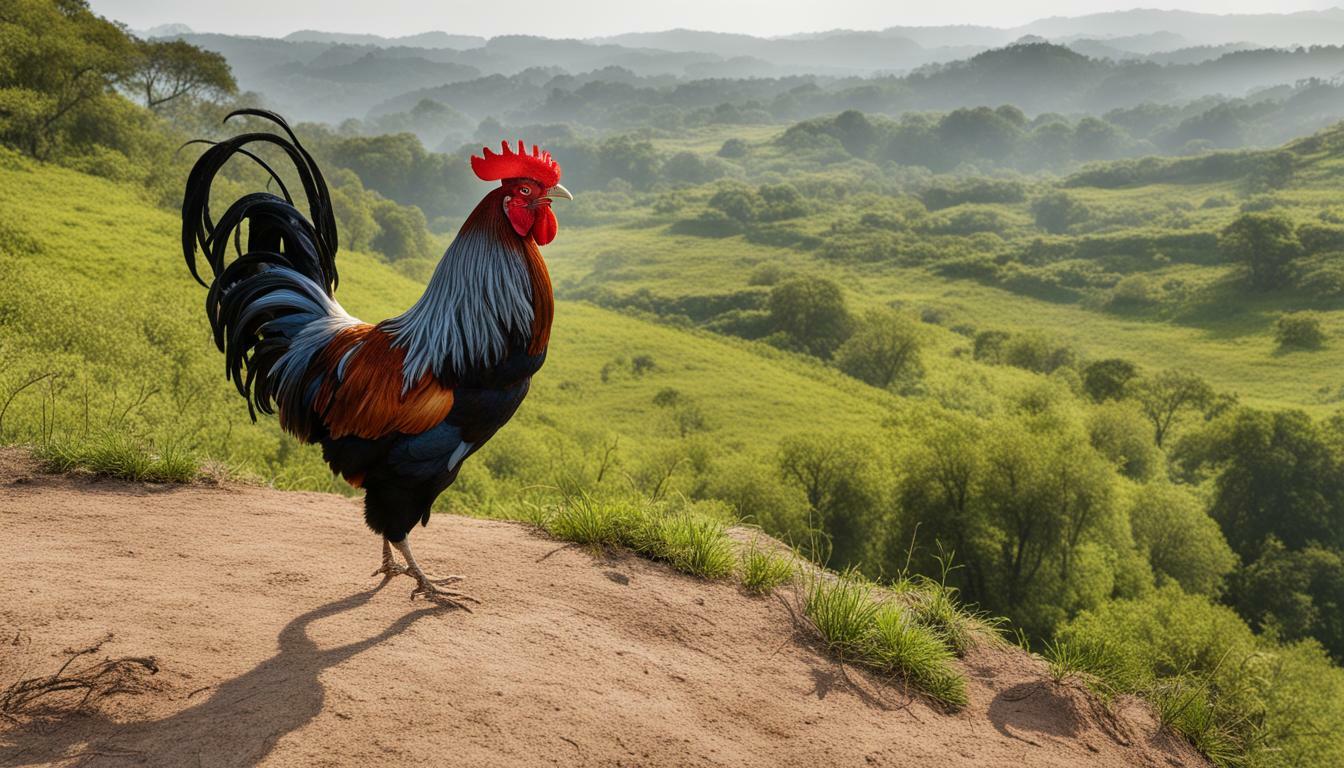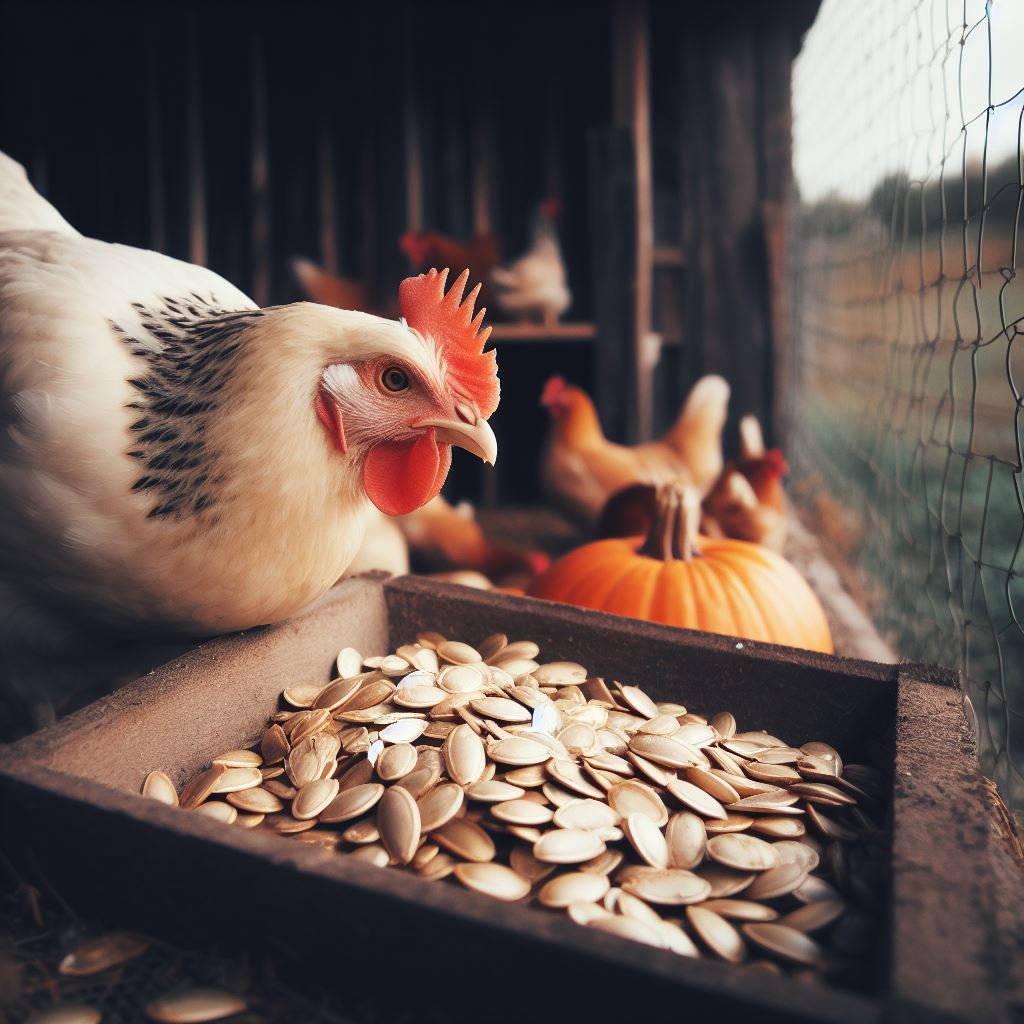Can Chickens Eat Rutabaga? A Friendly Guide to Chicken Diets
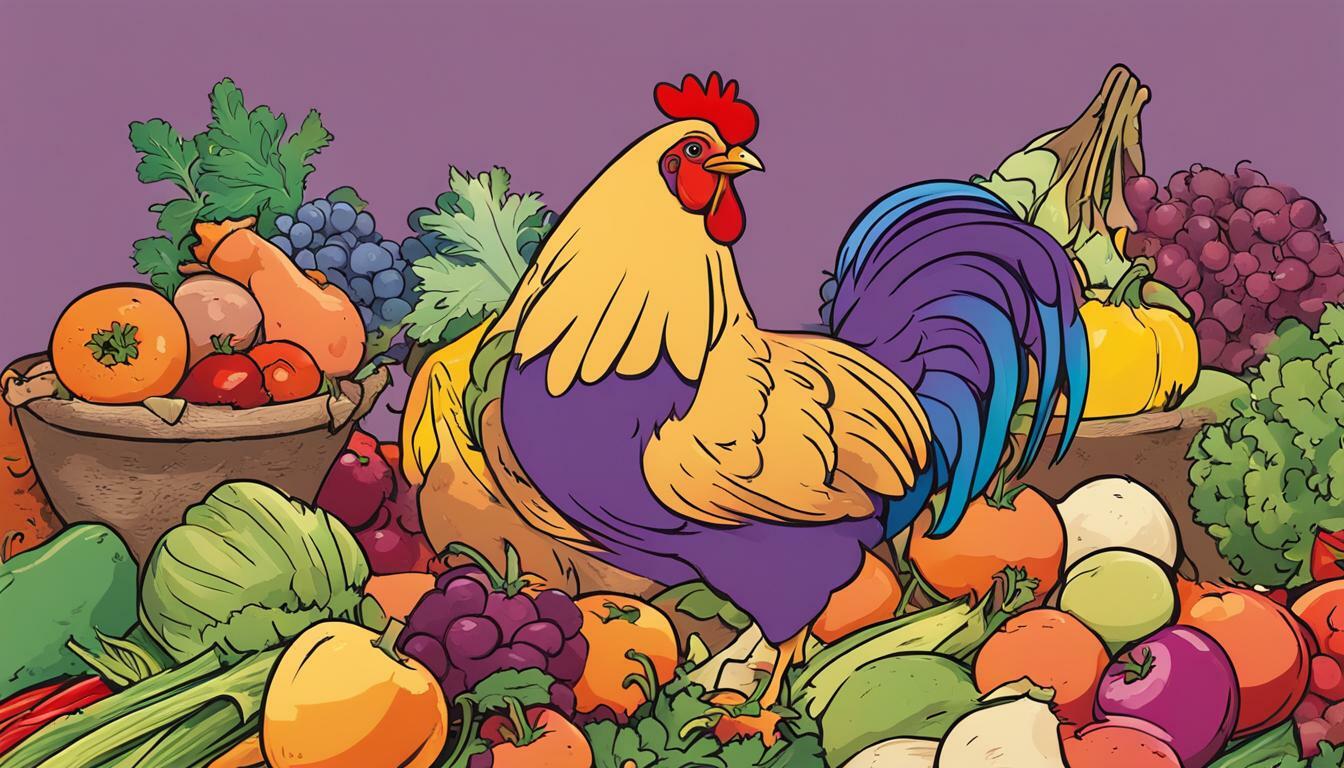
Table of content:
- Can Chickens Eat Rutabaga Leaves?
- Can Chickens Eat Raw Rutabaga?
- Is Rutabaga Toxic or Bad for Chickens?
- What Parts of Rutabaga Can Chickens Eat?
- Can Chickens Eat Rutabaga Peels?
- How Much Rutabaga Can I Feed My Chickens?
- Can Chickens Digest Rutabaga Skin and Greens?
- Healthy Rutabaga Alternatives for Chickens
- FAQs About Feeding Rutabaga to Chickens
- Conclusion
Can chickens eat rutabaga? Eating rutabaga can offer multiple benefits for backyard chickens. However, portions should be controlled and supplemented with other healthy treats.
Key takeaways:
- Rutabaga leaves, roots, skins and tops can be fed to chickens in moderation. Overfeeding may cause digestive upset.
- Rutabaga provides nutrients like vitamin C, potassium and calcium. It should not completely replace balanced feed.
- Rutabaga leaves can contain higher amounts of glycosides that are toxic. Stick to controlled portions of roots and skins.
- Both raw and cooked rutabaga are safe for chickens. Raw has higher vitamin content but cooked is easier to digest.
- Alternate rutabaga with other treats like carrot, beet, parsnip and turnip for variety.
Rutabaga, also known as swede or neep, is a nutritious root vegetable that chickens can eat in controlled portions. Both the leafy greens and the root bulb provide health benefits. However, rutabaga also contains compounds that can cause illness if chickens consume too much.
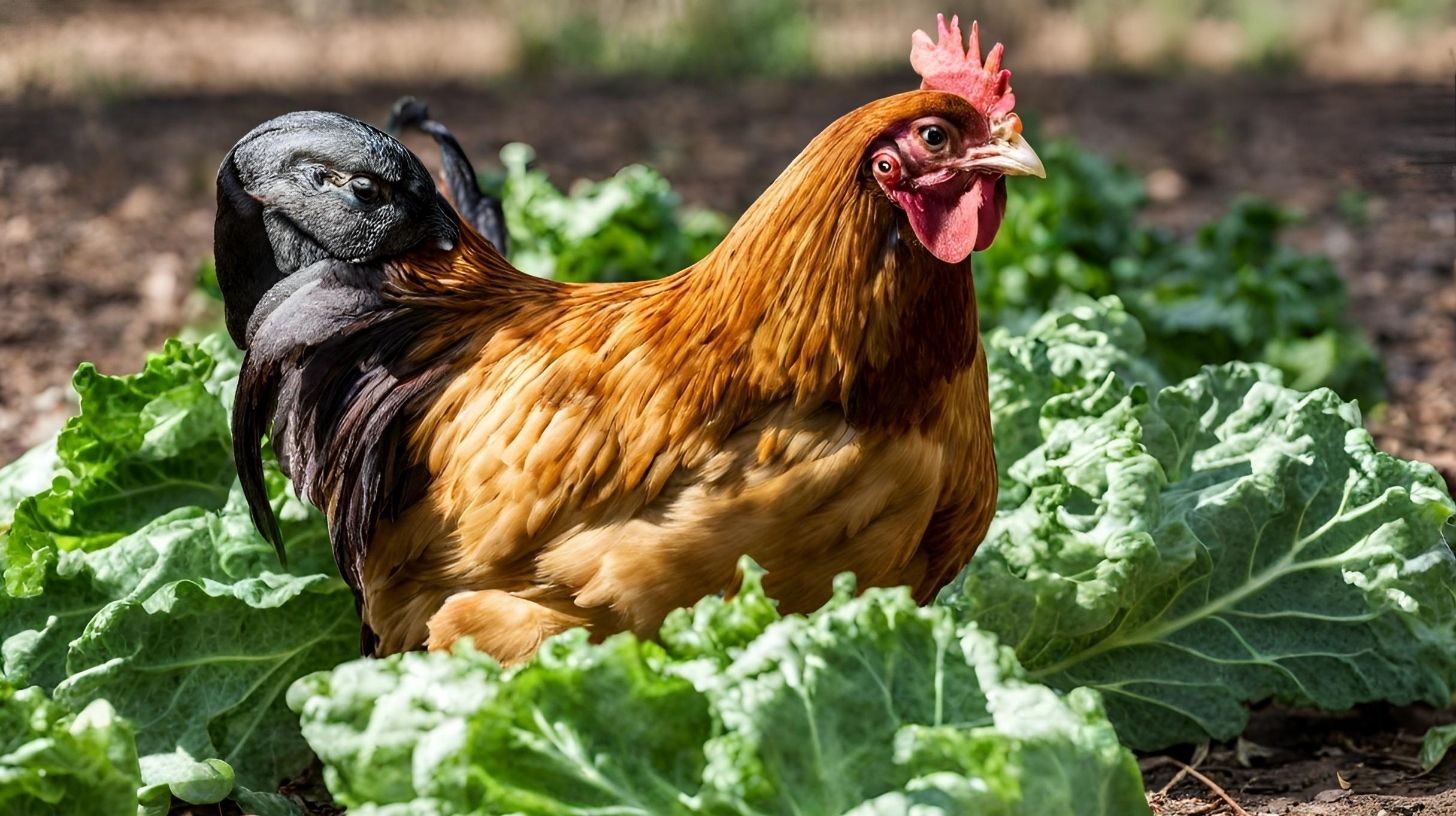 Can Chickens Eat Rutabaga Leaves?
Can Chickens Eat Rutabaga Leaves?
The leafy greens of the rutabaga plant emerge above ground and resemble cabbage leaves. Rutabaga leaves are safe for chickens to eat and provide these benefits:
- High in vitamin C: Important for immune health and nutrient absorption.
- Contain calcium: Needed for bone strength and egg shell quality.
- Natural foraging material: Allows chickens to engage in natural pecking behaviors.
However, the leaves may also have higher concentrations of toxic glycosides. These are natural compounds that help defend the plant against pests. While glycosides are present in all parts of rutabaga, they tend to accumulate more in the leaves.
To stay safe, feed rutabaga leaves in moderation. Offer small portions just a few times per week. Chop the greens into bite-sized pieces so they are easier to digest.
Can Chickens Eat Raw Rutabaga?
The large bulbous root of the rutabaga plant grows underground. This part is also safe for chickens to eat:
- Rich in potassium: Supports nerve signaling and muscle health.
- High in vitamin C and calcium: Like the leaves, the root provides immune and skeletal support.
- Crisp texture: Provides variety compared to leafy greens.
Raw rutabaga can be fed to chickens but may be more difficult to digest. The tough fiber in raw veggies takes more energy to break down. Cooked rutabaga is softer and passes through the digestive tract more easily.
Both versions are nutritious but cooking does reduce some vitamins. Feed a mix of raw and cooked for a balanced approach.
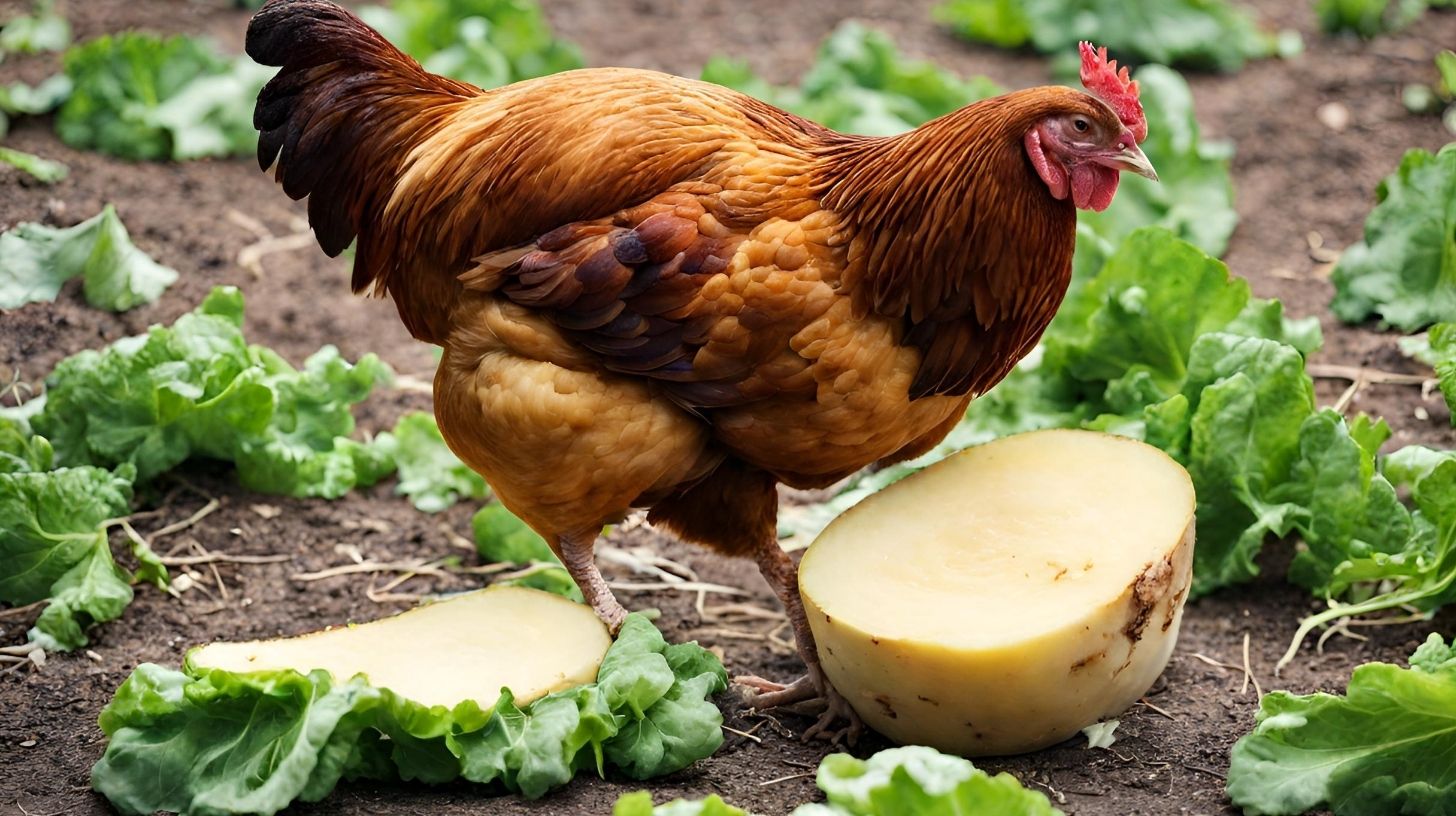 Is Rutabaga Toxic or Bad for Chickens?
Is Rutabaga Toxic or Bad for Chickens?
Rutabaga contains glycosides that release cyanide compounds. Overconsuming these can poison chickens. However, moderate rutabaga intake is safe and healthy. Here are some tips:
- Limit rutabaga to 10% or less of the daily diet
- Mix in other vegetables like carrots, beets, turnips
- Avoid wilted or damaged leaves as these concentrate glycosides
- Remove peel and greens if discomfort occurs and discontinue feeding
Monitor chickens closely when first offering rutabaga. Signs of cyanide poisoning include:
- Breathing difficulties
- Weakness or paralysis in legs
- Decreased egg production
Healthy chickens that eat controlled portions of rutabaga should not have any adverse reactions. Variety is key for a balanced, natural chicken diet.
What Parts of Rutabaga Can Chickens Eat?
All parts of the rutabaga plant can be fed to chickens in moderation, including:
- Leaves: High in vitamins but may have more glycosides. Chop finely.
- Roots: Provide potassium and other nutrients. Can be fed raw or cooked.
- Skins: Contain beneficial fiber and small amounts of glycosides.
- Tops: The leafy green tops can be fed like the leaves.
Avoid feeding large quantities of any one part. For optimal nutrition and health, offer a mixture.
| Rutabaga Part | Nutrition | Feeding Tips | |
|---|---|---|---|
| Leaves | Vitamin C, calcium | Chop finely into bits | |
| Roots | Potassium, vitamin C, magnesium | Slice thin or cook | |
| Skins | Fiber, glycosides | Remove if indigestion occurs | |
| Tops | Vitamin C, calcium | Include with moderation |
Can Chickens Eat Rutabaga Peels?
The thick skin covering rutabaga roots does contain small amounts of glycosides. However, the peel also provides beneficial fiber.
In moderation, the peel is safe for chickens to eat. Some tips:
- Cook the skins to soften fiber for easier digestion
- Mix in other veggies so skins are a smaller portion of the diet
- Monitor for reactions: Discontinue if chickens show discomfort
- Compost damaged parts: Avoid rotten or moldy peels
Cooked rutabaga skins can be a nutritious component of a varied diet. Just don’t overfeed.
How Much Rutabaga Can I Feed My Chickens?
Rutabaga should never make up the bulk of a chicken’s diet. Follow these rutabaga feeding guidelines:
- Limit rutabaga to 10% or less of daily feed
- Feed 1-2 small slices per standard-sized chicken
- For chopped leaves, feed 1-2 tablespoons per chicken
- Adjust amounts based on chicken size and reactions
- Discontinue use if any negative reactions occur
Rotate rutabaga with other vegetable treats like carrots, beets, turnips and parsnips. A diverse diet will ensure chickens receive a wide range of vitamins, minerals and nutrients.
Can Chickens Digest Rutabaga Skin and Greens?
Chickens are able to digest all parts of rutabaga in moderation. The leaves, roots, skins and tops all provide nutrition. However, some tips can improve digestion:
- Chop leaves and skins into small pieces for easier breakdown
- Cook peeled rutabaga bulbs to soften fiber
- Gently massage feed to break down cell walls before feeding
- Keep an eye on droppings – loose stool may indicate indigestion
- Remove peels from diet if chickens show signs of discomfort
With variety and moderation, chickens can safely digest and benefit from rutabaga’s nutritional value. Monitor closely and adjust portions as needed.
Healthy Rutabaga Alternatives for Chickens
In addition to rutabaga, chickens can enjoy these other healthy root vegetable treats:
- Carrots: Rich in vitamin A for eye and skin health. Can feed tops too.
- Parsnips: Provides folate, fiber and potassium. A rutabaga relative.
- Turnips: Close rutabaga cousin with calcium and vitamin C. Has bitter tops.
- Beets: Brightly colored roots provide iron and folate. Greens are also nutritious.
Rotate these veggies along with rutabaga for a balanced diet. They can be fed raw, cooked, or mixed into feed. Offer tops and greens in moderation due to higher glycoside content.
Avoid feeding potatoes, sweet potatoes or tomato plants as these are part of the toxic nightshade family. But most other root veggies are fair game!
FAQs About Feeding Rutabaga to Chickens
Can chickens eat rutabaga greens?
Yes, in moderation. The leaves provide vitamin C, calcium, and forage material. Chop the greens into small pieces and limit to 1-2 times per week.
Is raw or cooked rutabaga better for chickens?
Both forms can be fed. Raw has higher vitamin content but cooked is easier to digest. For best results, offer a mix of raw and cooked.
What happens if chickens eat too much rutabaga?
Overconsumption may cause digestive upset or cyanide poisoning. Start with small portions and monitor chickens closely. Remove from diet if any concerns arise.
Can chickens eat rutabaga peels?
Yes, the skins provide beneficial fiber. However, cook peels before feeding and mix with other veggies to limit glycoside exposure.
Can chickens digest rutabaga leaves and skins easily?
Chop leaves and skins into small pieces and cook when possible. Adjust portions if loose droppings occur. Discontinue use if chickens show discomfort.
Conclusion
When fed in controlled portions, rutabaga can be a healthy supplemental treat for backyard chickens. Both the leafy greens and root bulb provide important vitamins, minerals, and nutrients. Rotate rutabaga with other vitamin-packed veggies like carrots and beets for variety.
Avoid overfeeding rutabaga, and monitor chickens closely for any adverse reactions. With some care and moderation, rutabaga can be a valuable addition to a natural chicken diet.
Welcome. I’m Adreena Shanum, the proud owner of this website, and I am incredibly passionate about animals, especially poultry. I founded adreenapets.com as a labor of love, stemming from my desire to share my knowledge and experiences with poultry enthusiasts worldwide.

